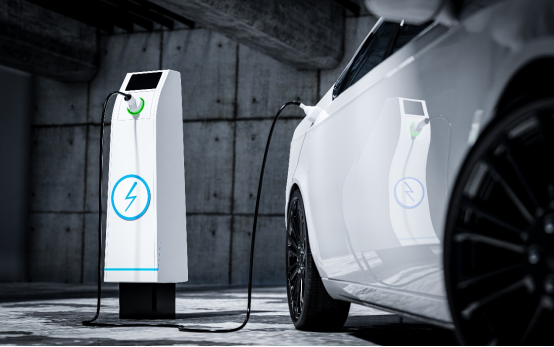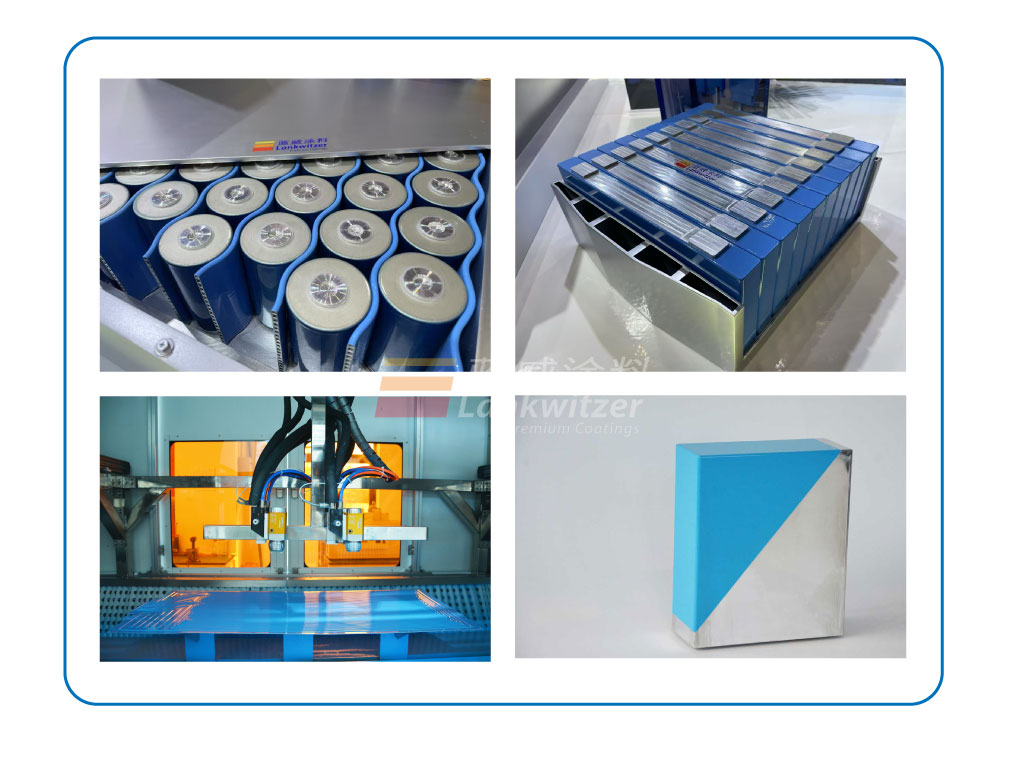The new energy industry
is diving into an intense race for battery coatings!
As the competition over new energy vehicle range and charging speed has narrowed down to "decimal-place battles," and as battery energy density approaches physical limits, the industry has suddenly realized: battery coating is becoming the new "battleground of intense competition."
Power batteries, the "heart" of new energy vehicles, see every 1% improvement in lifespan, safety, and cost potentially determining market dynamics. And the battery coating—a thin layer covering casings, poles, and module exteriors—has evolved from a "secondary protection" to a "core variable of performance." From traditional epoxy coatings to modified polyurethanes, and now to UV curing technology, the iteration speed of coating materials rivals that of batteries themselves. Among them, Lankwitzer's UV coatings are stirring up competition with a "dimension-reducing strike."

In this race, Lankwitzer's UV coating technology has broken free from the "parameter tug-of-war" of traditional coatings and directly redefined evaluation standards.
Racing for speed: from "waiting hours" to "counting seconds"
Lankwitzer's UV coatings cure completely in just 3 seconds under ultraviolet irradiation, increasing production line efficiency by over 10 times.
Racing for performance: turning "protective shields" into "all-round armor"
Corrosion resistance: Salt spray resistance testing reaches 1500 hours (twice that of traditional coatings).
Insulation: Breakdown voltage reaches 160kV/mm. After 1000 hours of 85℃/85% RH aging, the insulation resistance decay is only 3%.
Weather resistance: No cracking after repeated cycles of -40℃ freezing followed by 85℃ baking.

Racing for environmental friendliness: from "major pollutant emitters" to "zero-emission benchmarks"
Traditional solvent-based coatings have VOC emissions as high as 300g/L, with treatment costs accounting for 15% of total coating line investment. In contrast, Lankwitzer's UV coatings contain almost no solvents, with VOC emissions at zero.
The ultimate meaning of this intense competition: making batteries more "durable," making new energy more reliable.
The new energy industry's intense race for battery coatings ultimately benefits the entire industrial chain and consumers. Lankwitzer has always adhered to the goal of "Innovation for a Better Future," continuously refining coating technology. This helps automakers confidently promise "lifetime battery warranties"; when curing speed is raced down to "seconds," battery manufacturing costs can be reduced by another 5%; when environmental performance is raced to "zero emissions," the "green label" of new energy becomes more authentic.
This coating competition essentially represents the new energy industry's progression from "competing on parameters" to "competing on reliability." And Lankwitzer's UV coatings, through technological breakthroughs, are showing the industry: intense competition is not; what'scompeting within the same dimension. Finding "dimension-reducing points" like UV curing is the key to truly breaking through in the competition.
